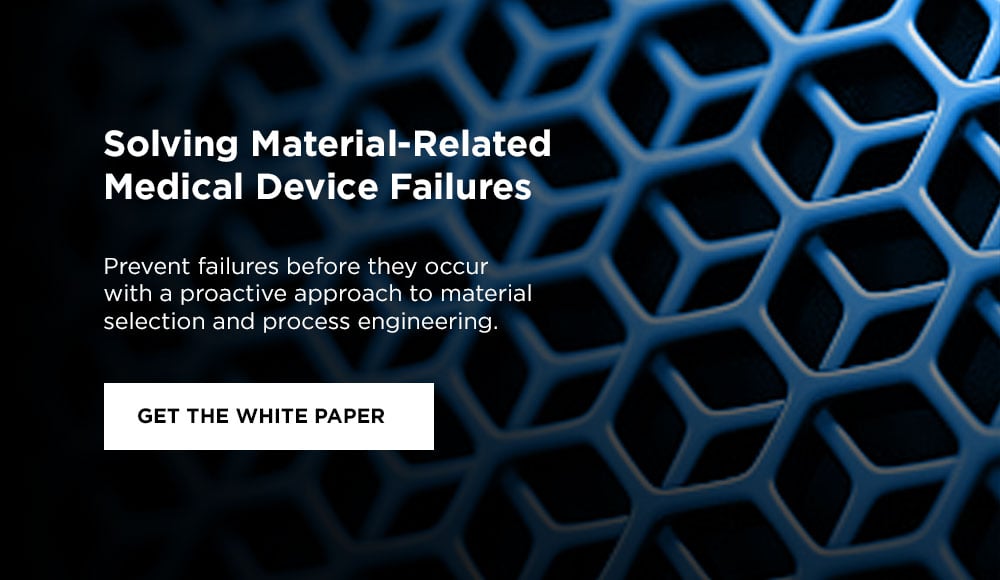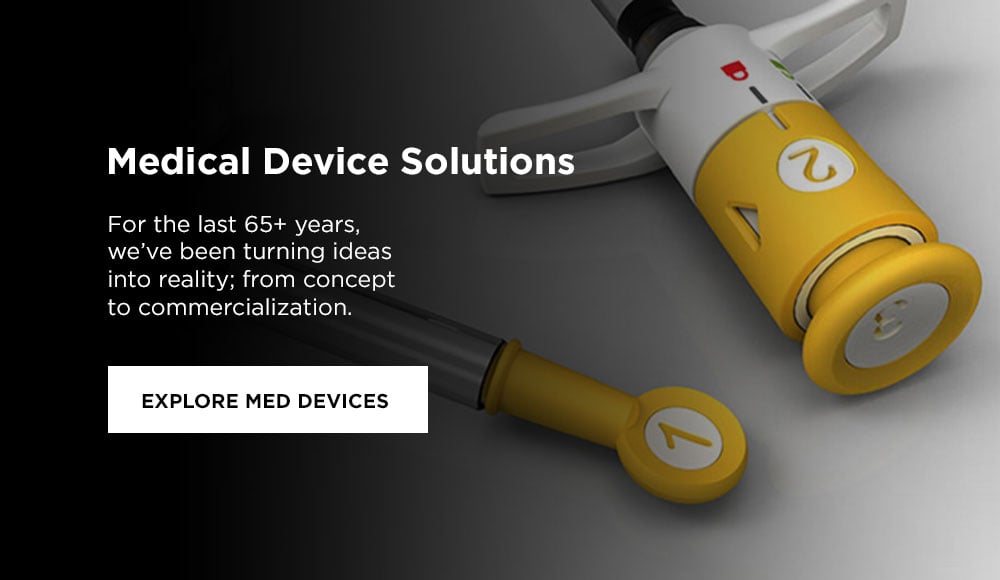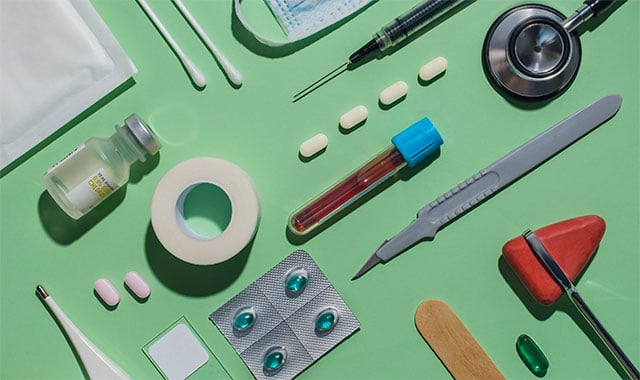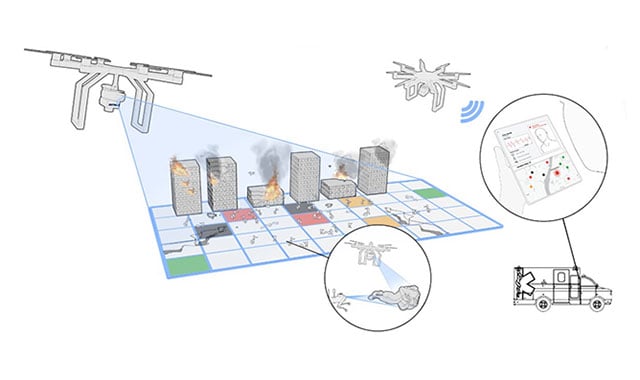The Cost of Failure: Why You Should Consider a Proactive Approach to Device Materials

A single medical device material failure could cost your company an average of $3.5 million. Other complications often arise as well, such as warranty claims, reputational damage, product recalls, and litigation.
So how can companies avoid these costly mistakes? By resolving materials failures before they happen. A proactive approach to materials engineering and selection is the first step toward reducing costs, controlling risks, meeting regulatory requirements, and identifying potential delays to commercialization.
Keep reading and download our "Materials Matter" white paper to learn how to avoid material failures across the medical device life cycle with proactive materials science, engineering, and design.
Jump To Section
- What is A Medical Device Material Failure?
- The Cost of Failure
- Avoid the Cost
- A Proactive Approach to Materials Analysis, Selection, and Engineering
- Putting Proactive-ness Into Practice
- The Battelle Advantage
What is A Medical Device Material Failure?
A medical device material failure is a malfunction that is related to the materials used in the medical device. Material failures can occur for a wide range of reasons, and at any point in the medical device lifecycle, and become more and more costly as the device moves further along.
The Cost of Failure
Non-routine quality events cost the industry between $2.5 and $5.5 billion each year. Based on our own analysis of FDA-reported medical device failures, materials failure accounted for 36% of these cases.
The farther a device progresses through the design and development process, the more expensive a non-routine quality event becomes. Selecting the right materials in the design stage is significantly less costly than making replacements or adjustments in manufacturing. Post-market, these failures can lead to warranty claims, lost inventory and sales, and long-term reputational damage. In the worst cases, they can impact patient outcomes and safety and lead to recalls and litigation.

Avoid the Cost
The good news? Many of these failures can be avoided through a proactive approach to design and materials selection. A 360-view of the lifecycle, from production and packaging to storage and use, can identify risks that may not be obvious through an isolated look at the material.
A Proactive Approach to Materials Analysis, Selection, and Engineering
Materials Selection
Medical device materials selection is the process of choosing a material that serves a device function.
What To Ask:
- What are the top options for this use case, and why are we favoring one material over another?
- Is the material durable enough to withstand the wear and tear of the use environment?
- Is the selected material compatible with others it will come into contact with?
- Does the shelf life of the material suitable for the devices intended purpose?
Materials Processing and Assessment
Even when a material looks perfect on paper, it may not be compatible with the manufacturing process required for the device.
What To Ask:
- Are the (planned or in-use) manufacturing processes appropriate for the material?
- How will the manufacturing process alter the properties and performance of the material?
- Will the material hold up to the heat and moisture present in the molding process?
Materials Replacement
Medical device materials replacement is the process of swapping a device material out for another.
What To Ask:
- How can we successfully replace a material that isn't available or is too costly?
- Can changing a material improve costs, sustainability, or supply chain stability?
Life Assessment
Medical device testing and product life assessments help companies determine how long the device is expected to last.
What To Ask:
- How do environmental and use factors (such as high-temperature exposure) impact our product materials?
- What is an appropriate warranty period with our chosen materials in mind?
Failure Analysis
When medical devices do fail, failure analysis is the process of determining the cause of device material failure.
What To Ask:
- What type of material failure occurred (i.e. ductile failure vs. brittle failure)?
- What behavior in the field might have contributed to the failure?
Putting “Proactive-ness” Into Practice
A proactive approach to device materials protects against launch delays and costly fixes, from verification and validation to post-launch materials testing.
Take the most effective approach to device failure resolution. Combine material analysis, selection, and process engineering with our "Materials Matter" white paper.
The Battelle Advantage
Find the right material solution for your biomedical device with our multidisciplinary, rapid-response, end-to-end approach.

Related Blogs
BATTELLE UPDATES
Receive updates from Battelle for an all-access pass to the incredible work of Battelle researchers.







